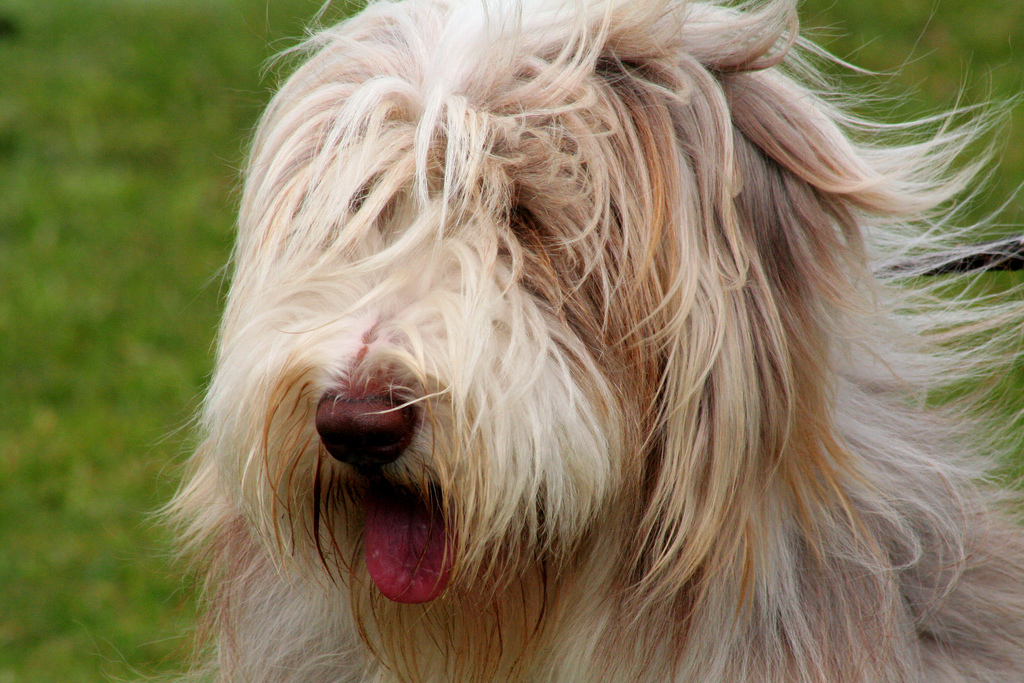The Shaggy Dog is a breed that captures the hearts of many with its unique appearance and friendly demeanor. Known for their long, flowing coats and playful personalities, these dogs make for wonderful companions. In this article, we will delve into the history, characteristics, care requirements, and much more about the Shaggy Dog. Whether you are considering adopting one or simply want to learn more about this delightful breed, this guide will provide you with all the information you need.
The Shaggy Dog, often associated with the Old English Sheepdog and the bearded Collie, is a breed that has a rich history and a charming personality. With their playful nature and intelligence, they are not only great family pets but also excel in various dog sports and activities. In the following sections, we will explore what makes the Shaggy Dog so special, including their temperament, grooming needs, and training tips.
As we navigate through this comprehensive guide, we will also address common questions about the Shaggy Dog, including health concerns and the importance of socialization. By the end of this article, you will have a thorough understanding of this breed and be better equipped to care for a Shaggy Dog if you choose to welcome one into your home.
Table of Contents
- 1. History of the Shaggy Dog
- 2. Characteristics of the Shaggy Dog
- 3. Temperament and Behavior
- 4. Grooming Requirements
- 5. Health Concerns
- 6. Training and Socialization
- 7. Adoption and Care Tips
- 8. Conclusion
1. History of the Shaggy Dog
The history of the Shaggy Dog is intriguing and reflects the breed's development over the years. Originally bred for herding, the Shaggy Dog has its roots in various herding breeds, including the Old English Sheepdog. Their shaggy coats were beneficial for protection against harsh weather conditions while working in the fields.
As time progressed, the Shaggy Dog became a beloved family pet, known for its loyalty and friendly disposition. In the 20th century, the breed gained popularity in the United States, largely due to its appearance in various films and television shows, further solidifying its status as a beloved companion.
2. Characteristics of the Shaggy Dog
The Shaggy Dog is easily recognizable by its distinct features. Here are some key characteristics:
- Coat: The Shaggy Dog has a long, shaggy double coat that requires regular grooming.
- Size: Typically, Shaggy Dogs weigh between 60-100 pounds and stand about 20-24 inches tall at the shoulder.
- Color: Their coats can come in a variety of colors, including gray, black, and brown, often with white markings.
3. Temperament and Behavior
Shaggy Dogs are known for their friendly and sociable nature. They tend to get along well with children and other pets, making them excellent family companions. Here are some notable aspects of their temperament:
- Intelligent: Shaggy Dogs are quick learners and enjoy mental stimulation.
- Playful: They have a playful attitude and require regular exercise to keep them happy.
- Loyal: Shaggy Dogs are known for their loyalty to their families and often form strong bonds with their owners.
4. Grooming Requirements
Grooming is an essential part of owning a Shaggy Dog. Their long coats require regular maintenance to prevent matting and tangles. Here are some grooming tips:
- Brush their coat at least 2-3 times a week.
- Consider professional grooming every few months to keep their coat healthy.
- Regularly check their ears, teeth, and nails to ensure overall health.
5. Health Concerns
Like all breeds, Shaggy Dogs can be prone to certain health issues. Common health concerns include:
- Dysplasia: Hip and elbow dysplasia are common in larger breeds.
- Eye problems: They can be susceptible to cataracts and other eye conditions.
- Obesity: Regular exercise is crucial to prevent obesity-related health issues.
Regular veterinary check-ups and a balanced diet can help maintain their health.
6. Training and Socialization
Training and socialization are vital for Shaggy Dogs. Early training helps establish good behavior and prevents potential issues down the line. Here are some training tips:
- Start training early, using positive reinforcement techniques.
- Socialize your Shaggy Dog with various people and environments.
- Consider obedience classes to enhance their skills and bond with your dog.
7. Adoption and Care Tips
If you are considering adopting a Shaggy Dog, here are some important tips:
- Research reputable breeders or rescue organizations.
- Ensure you have the time and resources for grooming, training, and exercise.
- Prepare your home with safe spaces and necessary supplies for your new pet.
8. Conclusion
In conclusion, the Shaggy Dog is a wonderful breed known for its playful demeanor, loyalty, and unique appearance. By understanding their history, characteristics, grooming needs, and training requirements, you can provide the best care for your Shaggy Dog. If you have any questions or comments, feel free to leave them below. Don’t forget to share this article with fellow dog lovers or read more about different breeds on our site!
Thank you for reading, and we hope to see you back here for more informative articles on your favorite breeds!
Bourbon And Boots: The Perfect Pairing For A Stylish Lifestyle
Tim Sheridan: The Journey Of An Influential Voice In The Automotive Industry
Everything You Need To Know About The Dexter TV Series


